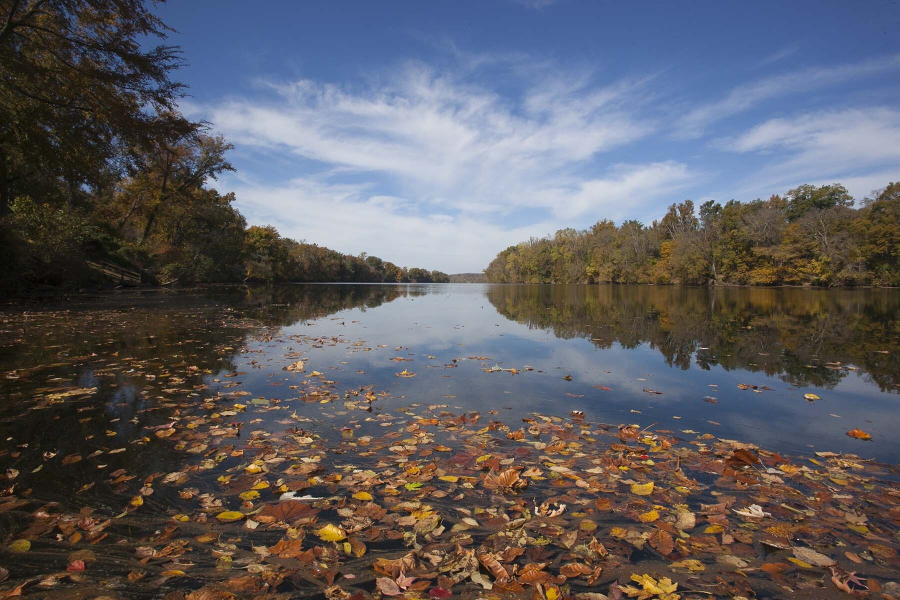James River earns “B-” on latest report card
As overall health improves, excess sediment continues to plague waterway

The James River Association has measured an improvement in the overall health of the James River, giving the waterway a “B-” in its latest State of the James report.
Grades are based on four indicators of river health: fish and wildlife populations, habitat, pollution reduction and restoration and protection actions. The river’s score of 61 percent is a four percent increase since the report was last issued in 2013, and it marks the first time the historically-polluted waterway has scored in the “B” range. But according to the report, much work remains to be done, particularly related to sediment pollution in the waterway.
While sediment is a natural part of the environment, excess particles of sand, silt and clay can cloud the water, harming underwater grasses, fish and shellfish. According to the James River Association, sediment pollution in the James has shown little improvement over the past several years, and it continues to pose a significant threat to the long-term health of the river.
According to the report, however, Virginia has made significant strides in reducing nutrient pollution—in particular, pollution from wastewater—as the state works to meet limits set by the Chesapeake Bay Total Maximum Daily Load (TMDL).

Comments
There are no comments.
Thank you!
Your comment has been received. Before it can be published, the comment will be reviewed by our team to ensure it adheres with our rules of engagement.
Back to recent stories